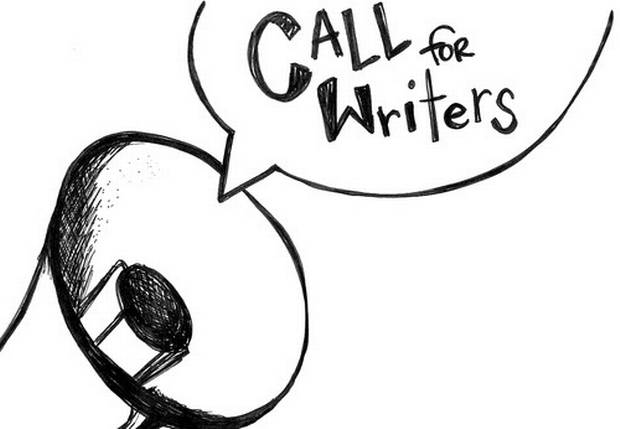Our theme week for October 2017 will be Women in Horror.
Evelyn Wang at Broadly declared that we are currently in a “golden age of women-directed horror,” what with the recent releases of films such as Raw, Prevenge, The Love Witch, The Lure, XX, The Babadook, A Girl Walks Home Alone at Night, Honeymoon, and The Invitation. Rolling Stone‘s Phoebe Reilly discussed “the rise of the modern female horror filmmaker” and Vogue‘s Taylor Antrim wrote about “the rise of the women-only horror films.” Women have directed horror films for decades, not to mention written horror novels and short stories, but we are certainly seeing more attention paid to women directors of horror lately. Women directors bring their unique perspectives and experiences to the lens of the horror genre. While women have certainly made tremendous strides in horror, we would love to see even more women-directed films, as well as more horror films directed by women of color and queer women.
The film industry as a whole suffers from a lack of gender parity both on- and off-screen. Only 32% of speaking film characters are women in the top 100 domestic grossing films in 2015. Critics, scholars, and writers use these statistics and the Bechdel-Wallace Test to measure the systemic inequality of women in film. But in horror films, we not only see many women directors but more women characters as well. Beth Younger reported that “horror is the only film genre where women appear and speak as often as men.” In horror, women are both victims and survivors. We hope this trend continues and more horror films (and films in all genres) feature more complex women characters and protagonists, especially more women of color, queer women, and women with disabilities.
Horror films have long been analyzed and critiqued for both their feminist and misogynist themes: strong female characters; gender roles; female sexuality; violence; the “male gaze,” coined by Laura Mulvey; violence against women; the “monstrous-feminine,” coined by Barbara Creed; and tropes such as the femme fatale, the damsel in distress, and the “final girl,” coined by Carol J. Clover. With so many women protagonists and explorations of primal emotions, there is a lot to unpack regarding gender and horror.
For this month’s theme week, we want you to explore the role of women in horror films. How does the film (or films) portray women? Why do you love (or not love) women in horror films? What gender norms and tropes are reinforced or challenged? How does the film’s depiction of gender intersect with its depiction of race, sexual orientation, class, age, and disability? How are people of color, LGBTQ characters, older characters, and characters with disabilities portrayed? How do the messages in many horror films reinforce or subvert notions of femininity and masculinity? How does the film exploit and objectify or empower their female characters? Are the film’s female characters allowed their own narrative arcs? How do the women in horror films assert their agency? What are your thoughts on the horror genre’s themes such as fear, survival, bodily autonomy, reproduction, possession, and revenge? Why are we now seeing a surge of women-centric and women-directed horror films? How can we encourage and support more women filmmakers in horror?
Feel free to use the examples below to inspire your writing on this subject, or choose your own source material.
We accept both original pieces and cross-posts. Most of our pieces are between 1,000 and 2,000 words, and include links and images. Please send your piece as a Microsoft Word document to btchflcks[at]gmail[dot]com, including links to all images, and include a 2- to 3-sentence bio.
If you have written for us before, please indicate that in your proposal, and if not, please send a writing sample if possible.
Please be familiar with our publication and look over recent and popular posts to get an idea of Bitch Flicks’ style and purpose. We encourage writers to use our search function to see if your topic has been written about before, and link when appropriate (hyperlinks to sources are welcome, as well).
The final due date for submissions is Sunday, October 29, 2017 by midnight Eastern Time.
XX
Get Out
Whatever Happened to Baby Jane?
The Girl with All the Gifts
Trouble Every Day
Pet Semetary
A Nightmare on Elm Street
28 Days Later
Da Sweet Blood of Jesus
Raw
It Comes at Night
The Lure
Prevenge




